Are you grappling with the challenge of standing water in your Bosch dishwasher? This common issue can be perplexing, often leaving homeowners wondering about the cause and seeking solutions. Whether it’s a clog or a malfunction, standing water in your dishwasher is not just a nuisance but can also pose a risk to your appliance’s functionality and hygiene.
How to Drain a Bosch Dishwasher with Standing Water? To drain a Bosch dishwasher with standing water, first, ensure the dishwasher is turned off. Then, remove the bottom dish rack and use a sponge or a towel to soak up the standing water. Inspect the drain for clogs and remove any debris. If the problem persists, check the dishwasher’s filter and hose for blockages.
In this blog, we will guide you through a step-by-step approach to effectively drain your Bosch dishwasher, tackling both simple and complex issues. Our aim is not just to solve your immediate problem but also to provide insights that could prevent future occurrences. Get ready to transform your dishwasher woes into a hassle-free experience, ensuring your appliance runs smoothly and efficiently.
Step-by-Step Guide: How to Drain a Bosch Dishwasher with Standing Water?
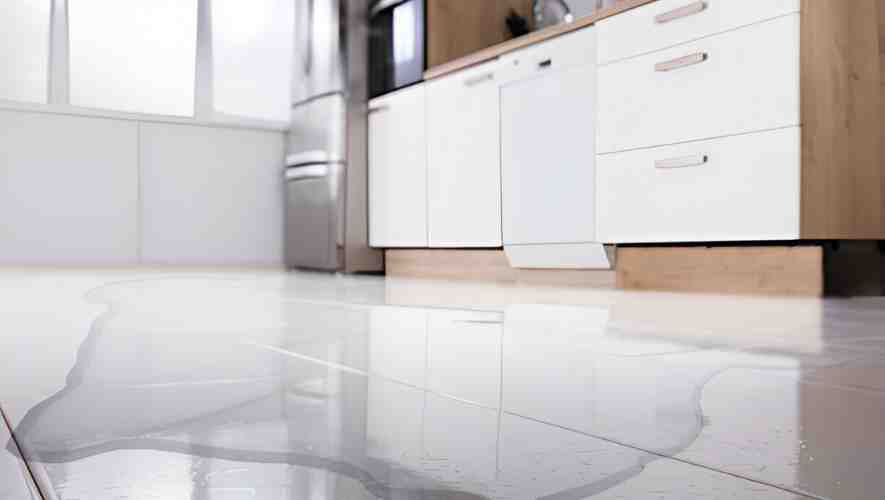
How to Drain a Bosch Dishwasher with Standing Water,” you’ll find practical, straightforward solutions to tackle this common issue. I understand how frustrating it can be to see water pooling at the bottom of your dishwasher.
That’s why I’m here to guide you through each step, ensuring a smooth and efficient fix. Together, let’s get your Bosch dishwasher back to its best, without the need for complicated jargon or technical terms. Let’s dive into this user-friendly guide and solve the problem together!
Step 1: Remove and clean the filters
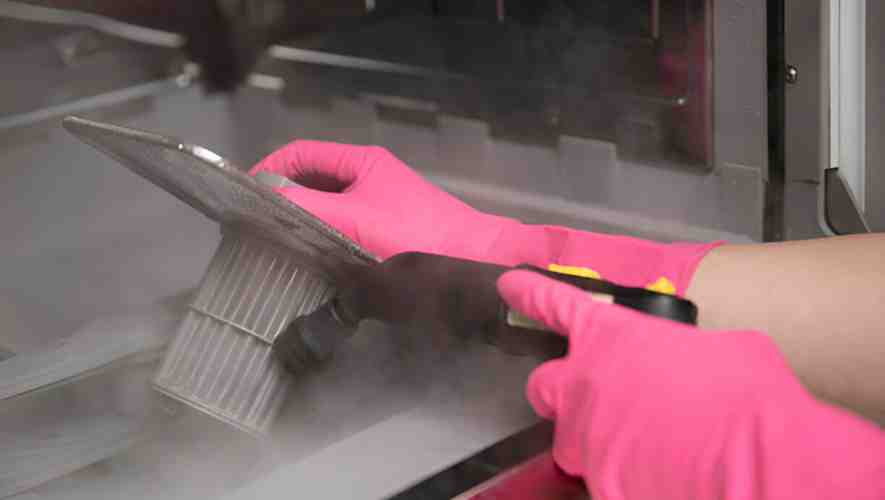
Draining your Bosch dishwasher when it’s plagued with standing water can feel like a daunting task. But don’t worry, I’ve got you covered! The first step in resolving this issue is to remove and clean the filters.
This is a crucial part of the process, as clogged or dirty filters are often the culprits behind water not draining properly. Let’s dive into the specifics:
Turn Off the Dishwasher:
Safety first! Ensure your dishwasher is turned off. It’s always better to be safe than sorry.
Locate the Filters:
Inside your Bosch dishwasher, you’ll find the filters at the bottom of the machine. They consist of a main filter, a coarse filter, and a microfilter.
Remove the Filters:
Gently twist and lift the filters out. If they’re stuck, don’t force them; instead, check if anything is blocking their removal.
Rinse Under Running Water:
Once removed, hold the filters under running water. Use a soft brush if needed to gently scrub away any debris or food particles.
Check for Blockages:
While the filters are out, peek inside the filter cavity. Sometimes, there are obstructions in there that could prevent water from draining.
Reinsert the Filters:
After cleaning, place the filters back in their original position. Ensure they’re properly seated; incorrectly placed filters can cause more issues.
Remember, maintaining clean filters is key to preventing future drainage problems. Regularly checking and cleaning them can save you a lot of hassle.
By following these steps, you’re well on your way to resolving the “how to drain a Bosch dishwasher with standing water” conundrum. Stay tuned for more tips to get your dishwasher back in tip-top shape!
Step 2: Check and clean the drain hose
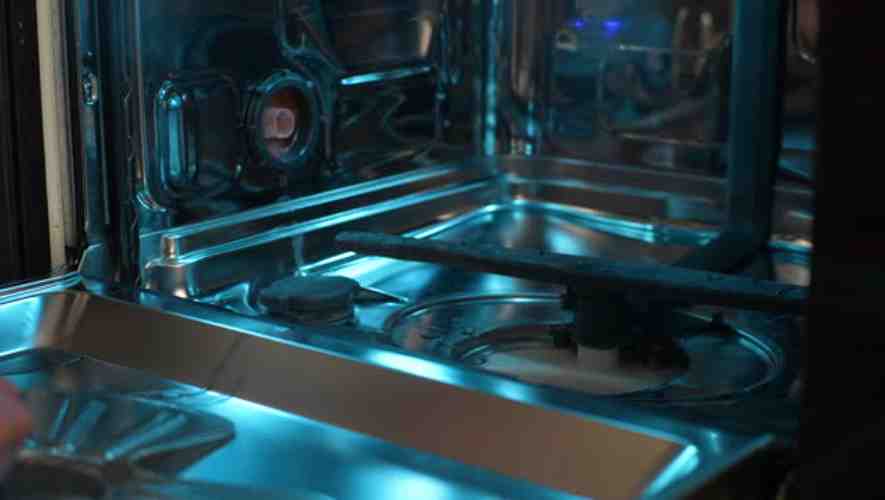
Dealing with a Bosch dishwasher that’s holding onto water like a kiddie pool? Don’t worry, I’ve got you covered. Here’s a cozy little corner of the guide where we’ll delve into the nuances of checking and cleaning the drain hose. It’s simpler than baking a pie, I promise!
Locate the Drain Hose:
First things first, let’s find that drain hose. It’s usually lurking under your kitchen sink, connected to the main drainage system. If you think, “That sounds like a hide-and-seek game,” you’re right!
Inspect for Kinks or Bends:
Got the hose in sight? Great! Now, play detective and check for any kinks or bends. These are like roadblocks at a parade – they stop the water from flowing out. If you find any, gently straighten them out. It’s like unkinking a garden hose – easy peasy!
Disconnect and Clean:
Ready to get your hands a little dirty? Disconnect the hose (have a bucket handy for any water that might spill out). Run a gentle stream of water through it. Think of it like rinsing a straw after a milkshake – you want to make sure it’s all clear.
Check for Clogs:
Peek inside the hose. See any food particles or gunk? These are the usual suspects in a crime against your dishwasher. A straightened coat hanger or a small brush can be your best allies here. Gently remove the debris, being careful not to damage the hose.
Reattach and Run a Test Cycle:
All cleaned up? Great! Reattach the hose, ensuring it’s secure but not overly tight. Now, let’s give it a whirl. Run a short cycle to see if the water drains. Think of it as a victory lap for your newly cleaned hose.
Step 3: Inspect and unclog the sump
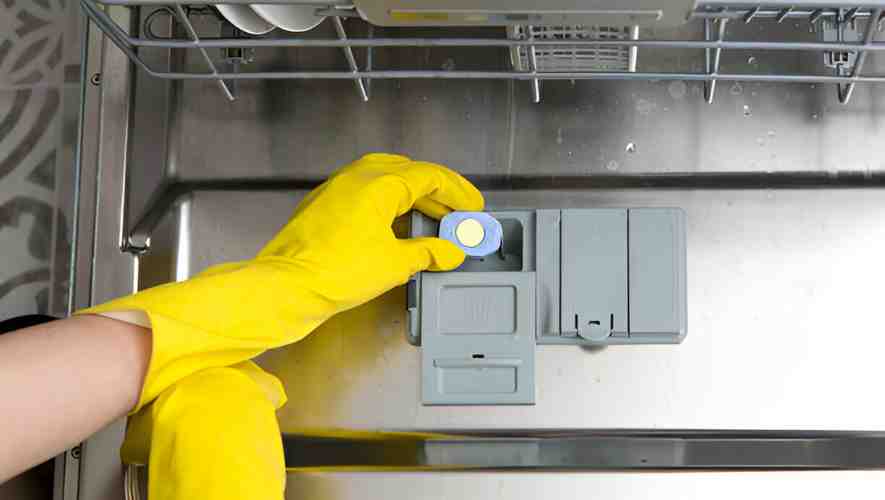
Hey there! If you’re dealing with the challenge of standing water in your Bosch dishwasher, you’re not alone. It’s a common issue, but don’t worry, I’ve got you covered. Let’s dive into how to drain a Bosch dishwasher with standing water by focusing on one crucial step – inspecting and unclogging the sump.
Locate the Sump:
First things first, you’ll need to find the sump. It’s normally located at the bottom of your dishwasher, under the filter. Think of it as a small pit where water collects.
Remove Debris:
Often, the sump gets clogged with food particles, glass, or other debris. Carefully remove the filter and any other parts covering the sump. Then, gently scoop out any visible debris. Remember, being gentle is key here; you don’t want to damage your dishwasher.
Check for Clogs:
After clearing the debris, take a closer look to see if there are any clogs deeper down. Sometimes, stuff gets stuck in the nooks and crannies. You can use a flashlight to help you see better.
Unclog with Caution:
If you find a clog, it’s time to unclog it. You can use a small, non-abrasive brush or a straightened wire hanger. Be careful not to scratch or damage any parts.
Rinse and Test:
Once you’ve cleared the sump, rinse it with some water to ensure it’s clean. Then, run a short cycle without dishes to check if the water drains properly.
Remember, your Bosch dishwasher is a sophisticated appliance, so if you feel unsure at any point, it’s perfectly okay to reach out to a professional. Tackling the issue of how to drain a Bosch dishwasher with standing water can seem daunting, but with these simple steps, you can often solve the problem yourself. Keep up the good work, and your dishwasher should be back to its best in no time!
Step 4: Manual water removal (if necessary)
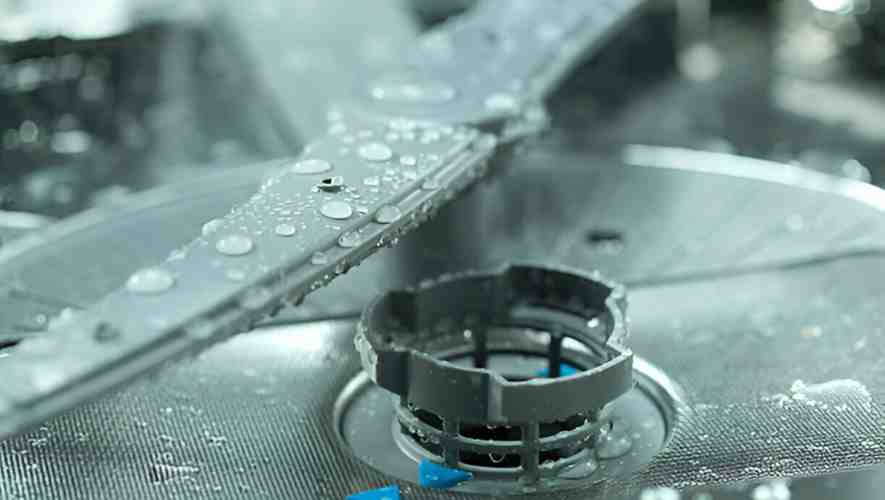
Sometimes, you might find yourself staring at a pool of unwanted water sitting at the bottom of your Bosch dishwasher. It’s not just an inconvenience; it’s a puzzle you want to solve quickly. Wondering how to drain a Bosch dishwasher with standing water?
Don’t worry; I’ve got your back. Let’s roll up our sleeves and get that water out, step by step. Remember, safety first: make sure your dishwasher is unplugged or turned off at the circuit breaker before you start!
Gather Your Tools:
First things first, let’s grab a few household items. You’ll need some towels (the thirstier, the better!), a sponge, and a bowl or a cup. These will be your trusty allies in this water-removal quest.
Towel Time:
Start by placing towels around the base of your dishwasher. This isn’t just for show – it’s to catch any rogue splashes or spills. Trust me, your future self who does the laundry will thank you.
Sponge to the Rescue:
Now, take your sponge and gently start soaking up the water. Squeeze the water into the bowl or cup. It’s like bailing out a tiny boat. A bit tedious, I know, but think of the arm workout you’re getting!
Repeat and Rinse:
Keep repeating this sponge-and-squeeze process. You’ll be surprised at how much water these sponges can hold. It’s like a magic trick but with more water and less applause.
Check the Filter:
Once the water level is low enough, take a moment to check the dishwasher filter. Sometimes, the culprit behind standing water is a clogged filter. A quick clean might just prevent future water-logged surprises.
Final Touches:
After removing as much water as you can, give the interior a final wipe-down with a dry towel. It’s all about leaving things better than you found them, right?
And there you have it! You’ve tackled the challenge of how to drain a Bosch dishwasher with standing water. Give yourself a pat on the back; you’ve just become the hero in your kitchen’s story. If the problem persists, though, it might be time to call in the pros. But for now, relish your DIY spirit and the satisfaction of a well-done job.
Conclusion
Effectively draining your Bosch dishwasher involves removing the bottom dish rack, soaking up the water, and checking for clogs in the drain, filter, and hose. Regular maintenance can prevent future issues.
As we conclude, remember that while dealing with standing water in your dishwasher can be frustrating, it’s often a problem that you can resolve with a bit of patience and the right approach. Regular maintenance and timely attention to any signs of malfunction can go a long way in ensuring the longevity and efficiency of your Bosch dishwasher. If the problem persists despite your best efforts, don’t hesitate to seek professional assistance. Your dishwasher is an essential tool in your daily life, and keeping it in top condition ensures a seamless and hygienic kitchen experience.
